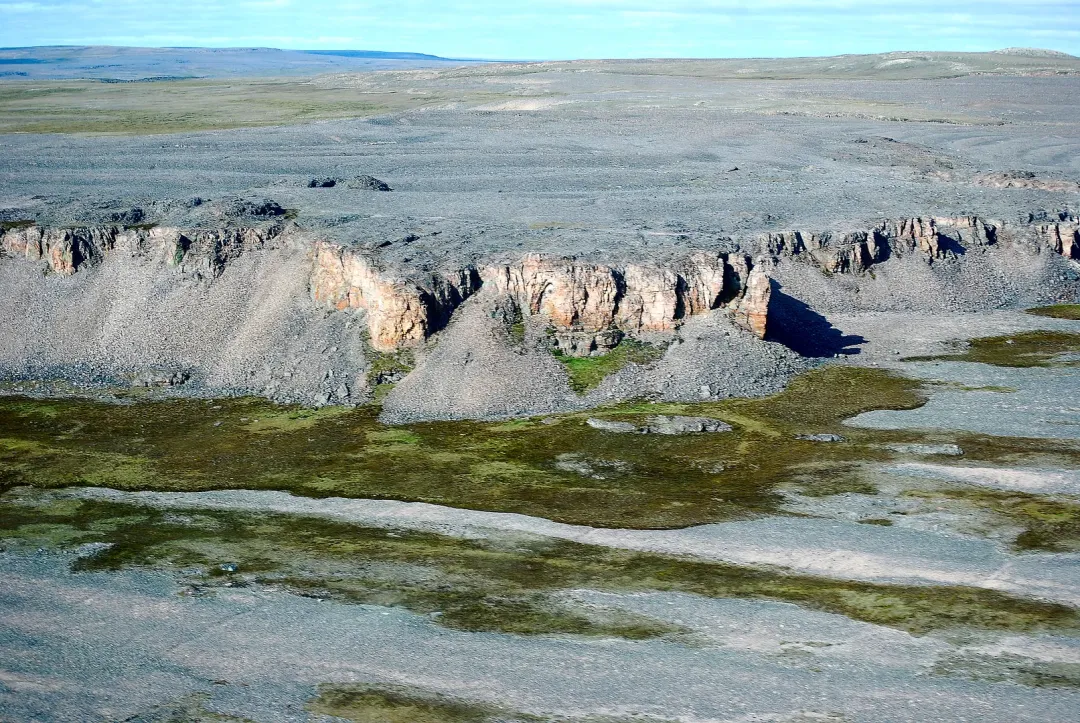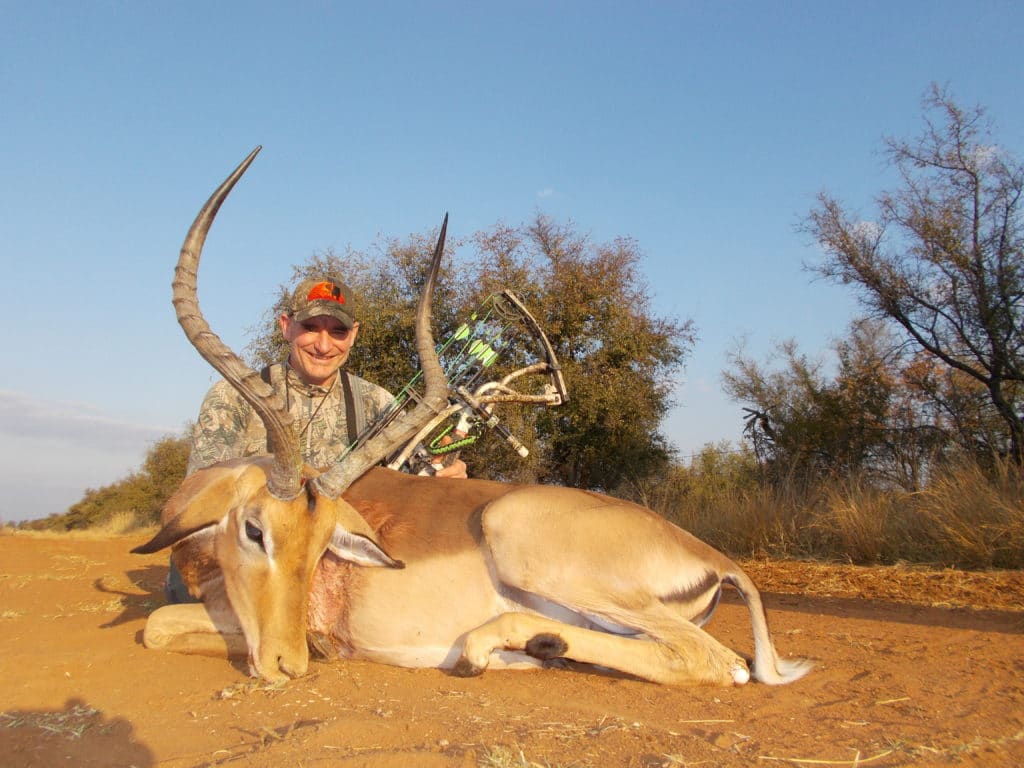Exploring Victoria Island
Located in the Canadian Arctic Archipelago, Victoria Island is the eighth-largest island in the world and the second largest in Canada. With a total area of approximately 217,291 square kilometers (83,897 square miles), it boasts a diverse range of landscapes, natural wonders, and cultural heritage.
Geography and Climate
Victoria Island is characterized by its stunning geographical features. The island is divided into two main regions: the Western Arctic region and the Eastern Arctic region. The Western Arctic region is known for its rolling tundra, deep fjords, and rugged mountains, while the Eastern Arctic region is renowned for its pristine lakes, vast forests, and dramatic coastlines.
The climate on Victoria Island varies greatly depending on the region and season. Summers bring milder temperatures, with an average high of 15°C (59°F). Winters, on the other hand, are long and harsh, with temperatures dropping to as low as -30°C (-22°F). The island experiences the midnight sun phenomenon during the summer months, where the sun remains above the horizon for 24 hours.
Flora and Fauna
Victoria Island is a haven for diverse plant and animal species. Its unique ecosystem supports a wide range of vegetation, including Arctic willows, mosses, lichens, and shrubs. These hardy plants have adapted to survive in the challenging Arctic conditions.
The island is home to various wildlife, including polar bears, Arctic foxes, caribou, muskoxen, and numerous bird species. The surrounding waters teem with marine life, such as seals, walruses, and beluga whales. Exploring the island offers a chance to witness these remarkable creatures in their natural habitat.
Indigenous Culture and Heritage
For thousands of years, Victoria Island has been inhabited by indigenous peoples, primarily the Inuvialuit and the Copper Inuit. Their rich culture and traditions are deeply rooted in the land. As you explore the island, you will have the opportunity to learn about their history, art, and way of life.
The communities on Victoria Island warmly welcome visitors, offering a glimpse into their vibrant culture. Engaging with the locals, attending traditional events, and supporting local artisans are meaningful ways to appreciate and preserve their heritage.
Popular Attractions and Activities
Qausuittuq National Park: This pristine national park, located on the northern tip of Victoria Island, showcases the Arctic's untouched beauty. It offers opportunities for hiking, wildlife spotting, and breathtaking views of the surrounding landscapes.
Ulukhaktok: Immerse yourself in the traditional Inuit culture by visiting Ulukhaktok, a small community on the island's west coast. Experience traditional drum dancing, admire intricate Inuit artwork, and learn about their fascinating way of life.
Aulavik National Park: Located in the Thomsen River Valley, Aulavik National Park is a remote wilderness area accessible only by air. It is a paradise for outdoor enthusiasts, offering opportunities for canoeing, camping, and observing the diverse wildlife.
Sirmilik National Park: While technically part of Baffin Island, Sirmilik National Park's boundaries extend to Victoria Island.
Interested in booking a trip?
Live Like You Mean It
Contact Us
We've helped thousands of OI clients plan their adventures
Our team of professional consultants are ready to help you research, book and plan an amazing trip with one of our amazing outfitter partners around the world.
I didn't think an experience like this was possible.
This trip, was, for me at least not just a trip, for me it was a real adventure, a real experience. I love the wilderness and this trip afforded me the opportunity to connect with the Alaskan wilderness in ways very few people do. It was an experience I will never forgot in a place I can’t wait to get back to.Oliver Fischer
The outfitter handled everything perfectly.
We were thankful that Outdoors International hooked us up with a great outfitter because they were able to find us an acceptable alternate on short notice. Overall the two year process to get this float in was seamless and worry free. Just like it should be.Thank you, Stan Masneri
What an amazing experience!
The lodge was out of this world! Our rooms, the delicious food, the incredible wildlife and the scenery were amazing. Our photo safari guide was truly exceptional and had us on animals almost constantly. We saw over 30 different species and had some incredible up close experiences. Africa is amazing!Scott Navares
Copyright 2005-2025 © Outdoors International™ · All Rights Reserved.










